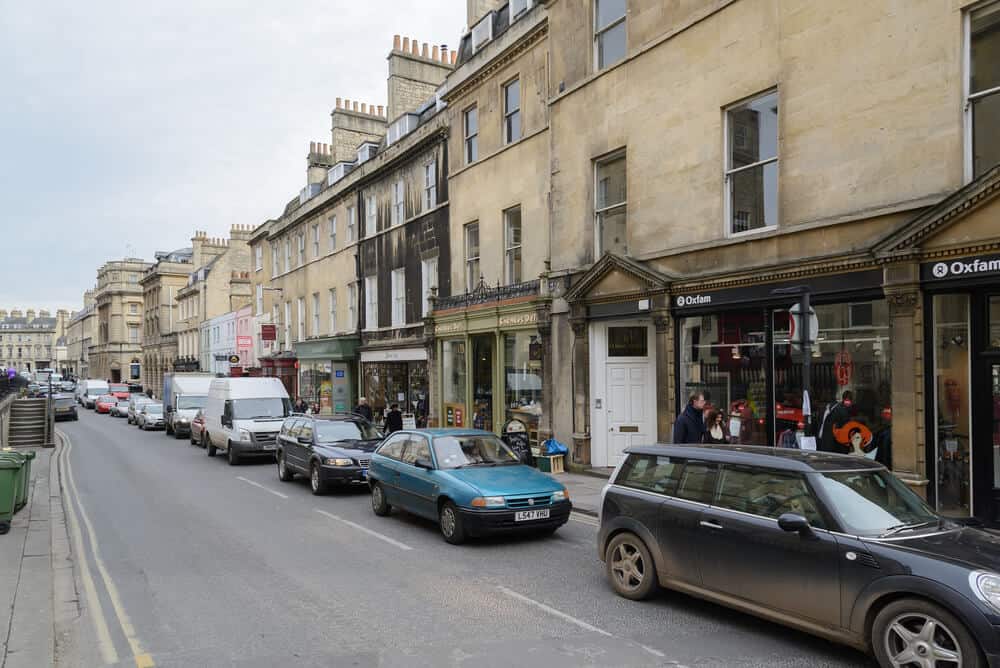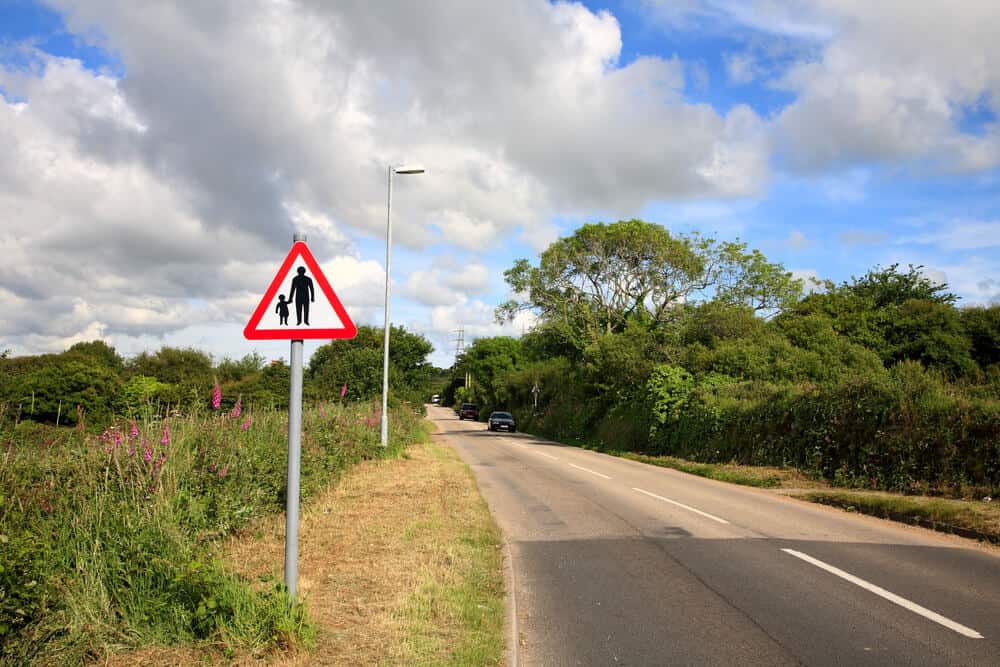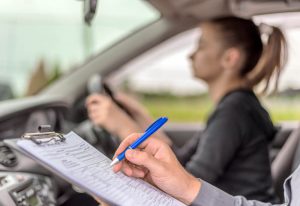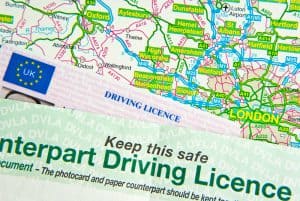Hazard Perception Tests – 10 Examples of Most Common Dangers to Look For
More help for you
The hazards you can face on the UK’s roads vastly depend on the areas you’re driving through at the time. Motorists on rural lanes will have different dangers to contend with than a driver at a bustling city junction.
Thankfully, the hazard perception component of the theory test has you covered. It’s designed to present you with 14 different scenarios. All of them have one hazard you need to spot as quickly as possible -- but one of the questions has two developing dangers. The faster you answer correctly, the more points you receive.
As with most things in life, theory and reality can be polar opposites. Although you might follow the rules meticulously, there’s no guaranteeing what your fellow road users might do. So: here are 10 examples of the hazards which might crop up during a hazard perception test.
10 Examples of Road Dangers to Look For
- 1
Pedestrians getting into a car in an unexpected place
Unfortunately, not everyone has respect for the Highway Code -- and it’s not unprecedented for pedestrians to cross busy lanes of traffic and enter a vehicle while it’s stationary at a set of traffic lights. You would need to adjust your speed accordingly, or change lanes if you have sufficient time and it’s safe to do so.
- 2
Drivers unexpectedly reversing from a side road into a main road
During this particular question, you would be relying on their indicators to determine what their intentions are -- and paying close attention to the actions of any motorists immediately ahead of you.
- 3
Heavy goods vehicles obstructing your view
Oftentimes, if you’re too close to a lorry in front of you, it won’t give you sufficient time to anticipate sudden braking -- perhaps because the car in front of them is turning right. Keeping your distance allows you to detect dangers more promptly.
- 4
Parked cars restricting traffic

Cars are tightly parked in Bath, new drivers must exercise caution while moving forwardIn residential areas -- especially villages -- vehicles parked on one side of the road may mean that the flow of traffic is restricted to a single lane. Because of this, you need to remain vigilant for approaching vehicles and be prepared to give way, otherwise you may both end up stuck and with no choice to reverse so someone is able to pass.
- 5
Children leaving schools and youth centres
It can be very difficult to predict the behaviour of children -- and it is possible that they may run into a road without fully considering the danger you pose as you’re driving towards them. Another potential hazard could be a young person who misjudges your distance and speed and opens a car door unexpectedly when their parent has just parked at the side of the road. Make sure you keep your distance and lower your speed dramatically -- respecting the 20mph limit if a local authority has enforced it around the entrance to a school building.
- 6
Traffic joining a dual carriageway
In some cases, you may need to move lanes in order to accommodate vehicles which are joining a dual carriageway from a slip road. However, during the rush hour, you may be unable to make the switch in sufficient time. Here, the best advice is to reduce your speed gently -- enabling them to enter the flow of traffic safely without endangering you or surrounding motorists.
- 7
Fast-moving situations
In one scenario that may crop up during a hazard perception test, you could be waiting for a pedestrian to finish using a zebra crossing when a cyclist on the pavement suddenly turns and follows them -- just as you’re preparing to set off. You should be certain about the intentions of pedestrians and bike users before beginning to accelerate, as they have right of way on the zebra crossing.
- 8
Pedestrians on the road
In rural areas where there are no designated areas for pedestrians to walk -- and built-up areas where maintenance may be under way to repair pavements -- it’s possible that you may encounter people on the road. You need to slow down and give them plenty of space -- especially if you are approaching them from behind and they’re on your side of the road. Often, but not always, road signs will alert you to this hazard.

Road sign warning about pedestrians in Cornwall - 9
Multiple distractions in busy urban areas
Roadworks, pedestrians crossing in the middle of fast-moving traffic, cars manoeuvring in the middle of the road and cyclists joining your lane from pavements can all happen in very quick succession. Make sure you keep a good distance from the vehicle in front gives you a better chance of seeing hazards well in advance.
It’s well worth taking plenty of time to practise hazard perception.
Even paying close attention to what’s going on around you when you’re a passenger, and seeing how an experienced driver reacts, is invaluable knowledge that will help you prepare for the second component of your theory test.



